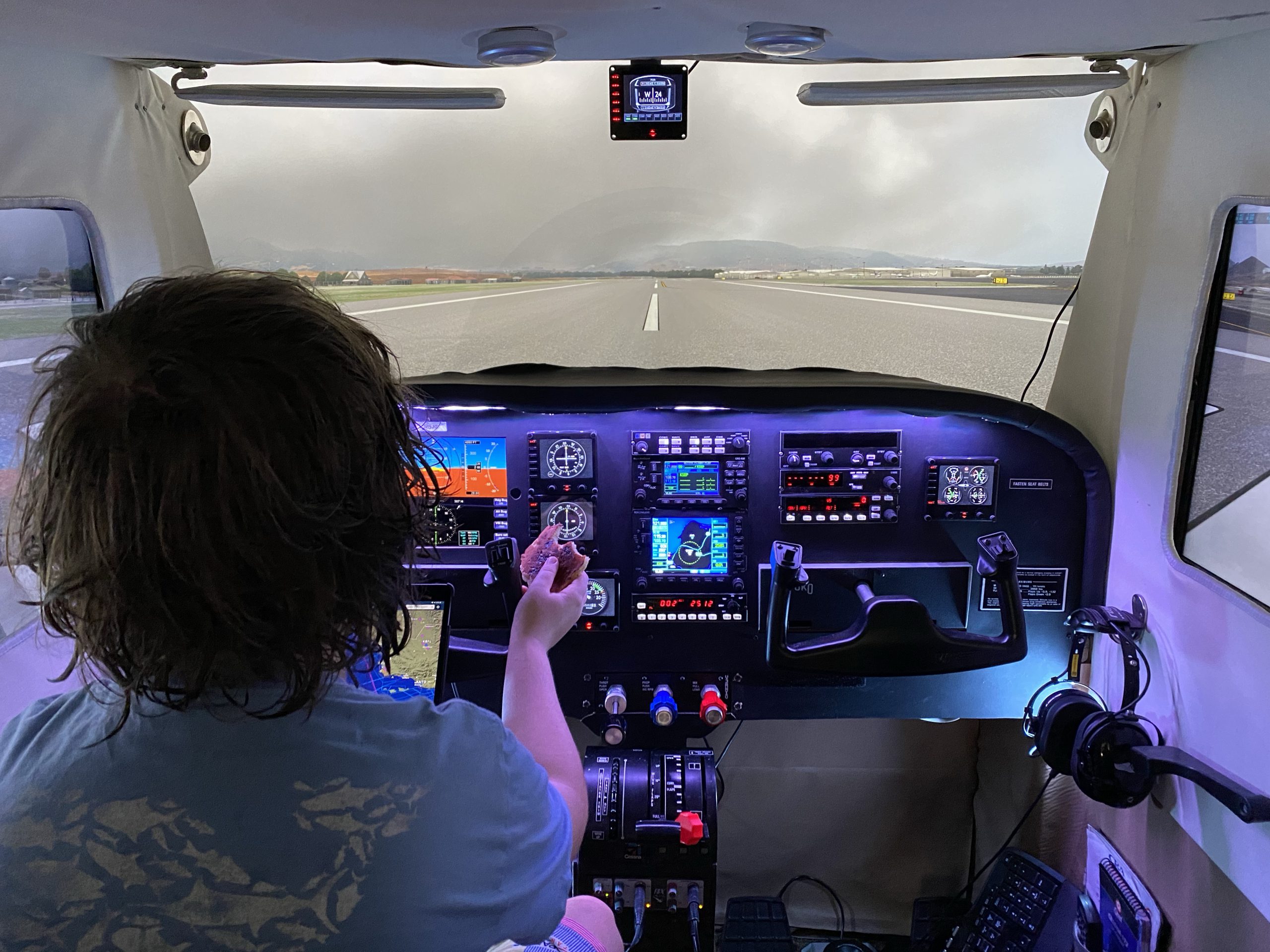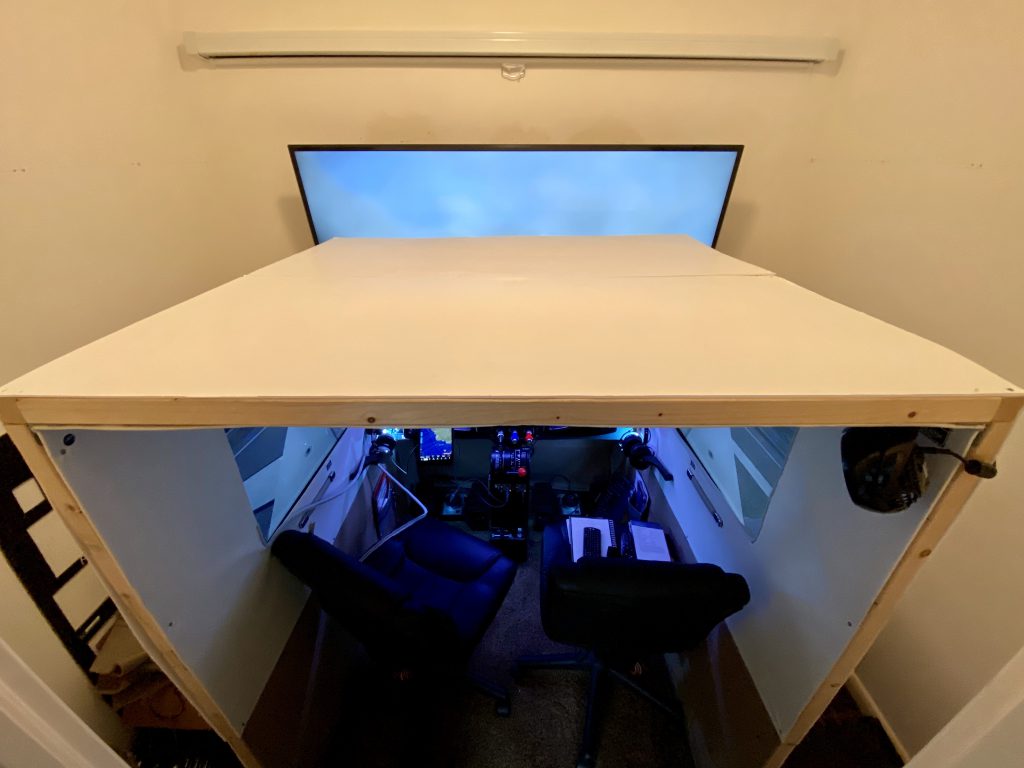Here’s a quick primer on the main differences between Class B (Bravo), Class C (Charlie), and Class D (Delta) airports / airspace for flight simulation.
I use this terminology in the live streams as common parlance, but I thought an explainer would be helpful. This video breaks down the key differences between these airspace types, what equipment and permissions you need to enter each one, and how to read them on sectional charts. We look at real examples from the Tampa and Los Angeles areas to see how these “upside-down wedding cakes” work in practice, including transition routes through complex Bravo airspace. Whether you’re new to aviation or just want a refresher on airspace regulations, this covers the essentials you need to know for VFR operations. I don’t go through all the regulations for the three and their differences, but I cover the basics, and hope it’s helpful.
Resources:
🔗 FAA Aeronautical Information Manual (AIM) https://www.faa.gov/air_traffic/publi…
🔗 FAA Aeronautical Information Manual (AIM) section on controlled airspace https://www.faa.gov/air_traffic/publi…
📍 SkyVector – Free sectional charts https://skyvector.com/
✈️ Pilot Institute – Airspace visualization guides https://pilotinstitute.com/
📚 FAA Airspace Guide – Official documentation https://www.faa.gov/air_traffic/techn…
🎓 AOPA Airspace Resources – Additional training materials https://www.aopa.org/training-and-saf…
Tags:
#airspace #aviation #flightsimulation #xplane12 #pilottraining #vfr #atc #flighttraining #homecockpit #pilotedge #bravoairspace #charlieairspace #deltaairspace #sectionalcharts #aviationeducation






You must be logged in to post a comment.